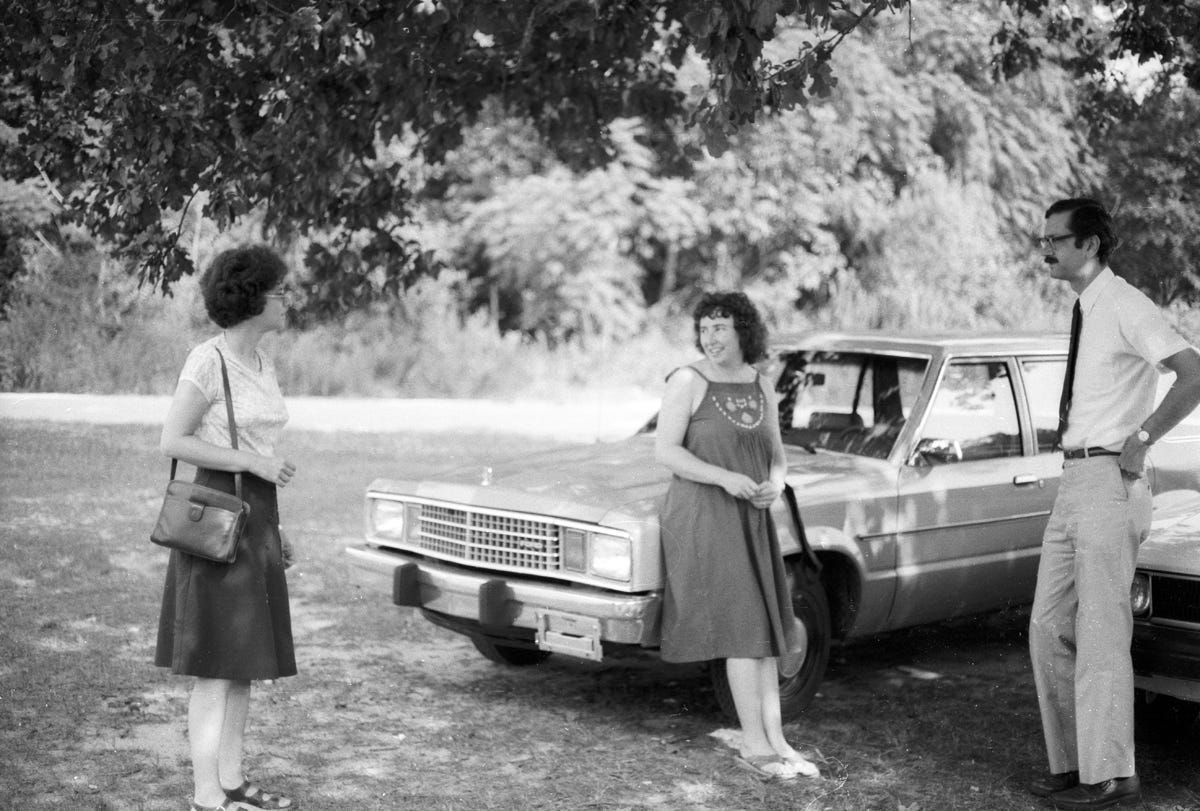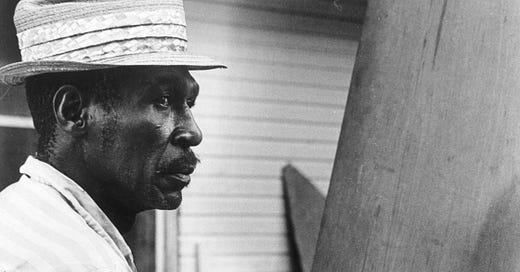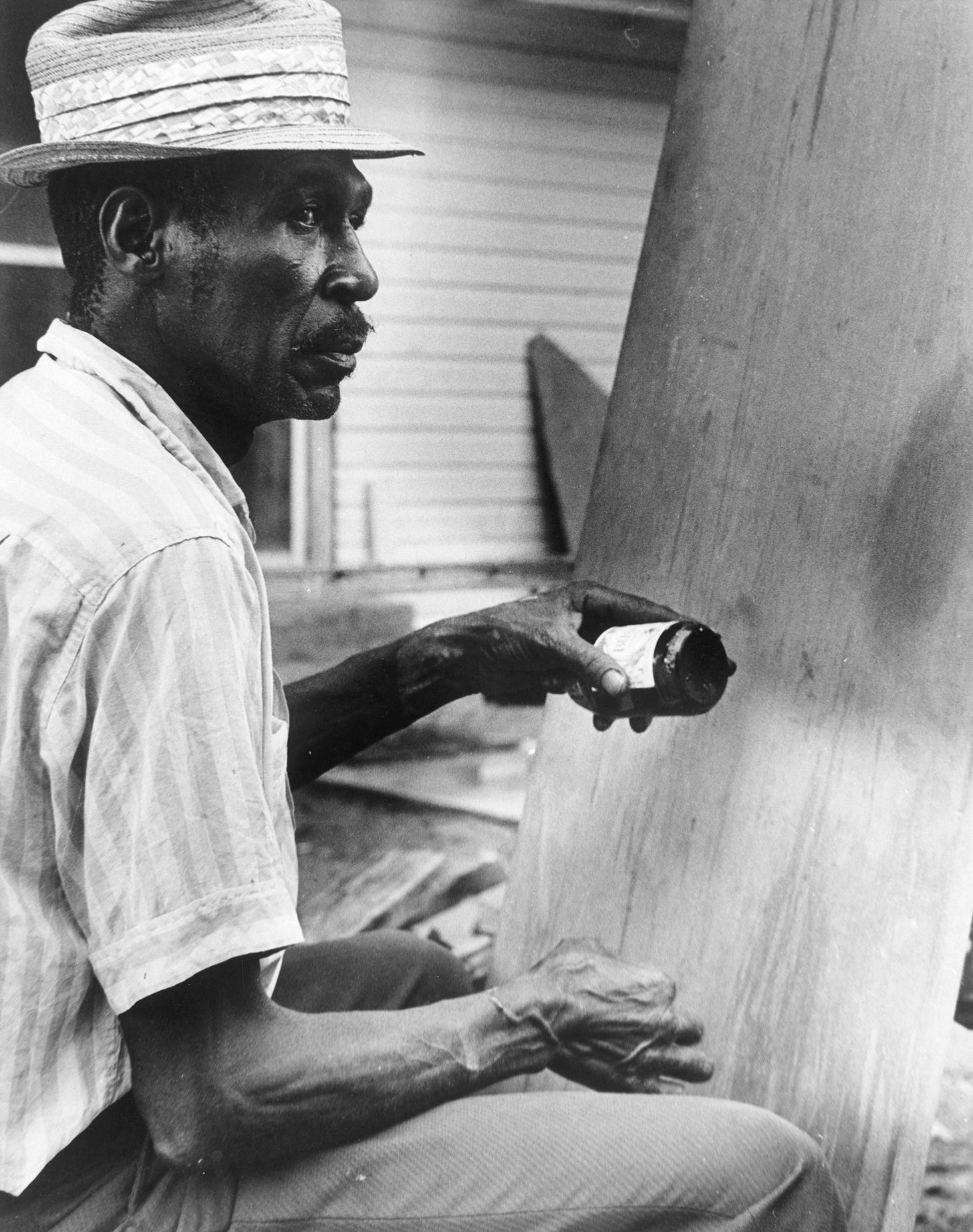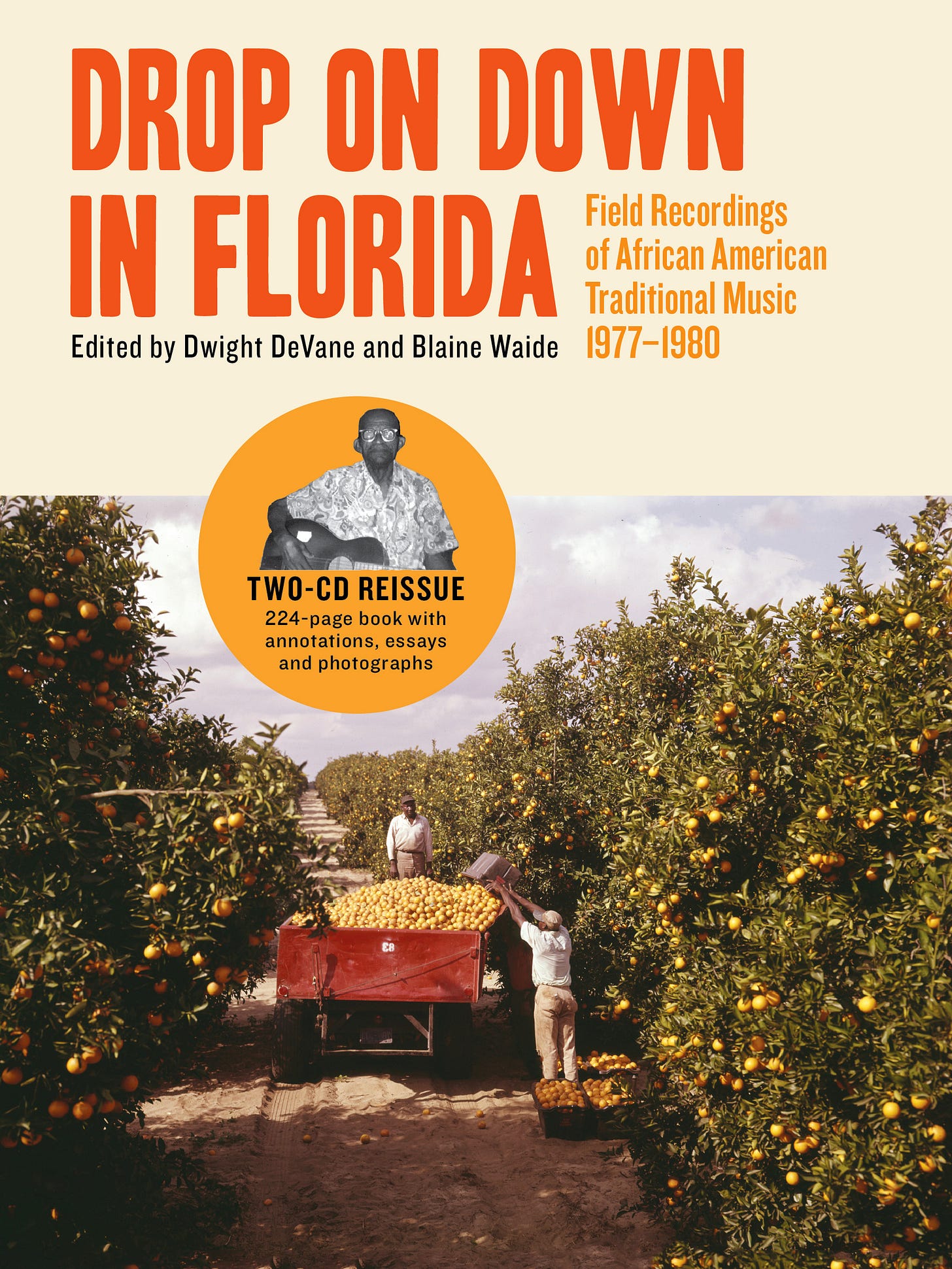Exploring Florida's Musical Folklife
Marking the 10th Anniversary of our release "Drop on Down in Florida."
It was an exciting time for folklorists, ethnomusicologists, and cultural advocates of all kinds.
In the fall of 1976, young folklorist Peggy Bulger moved to Florida. She landed in a small town in the northern part of the state, White Springs, which is home to the Stephen Foster Center and the annual Florida Folklife Festival. Her position was funded by a grant from the National Endowment of the Arts, and the expectation was that she would conduct a survey of folk artists throughout the entire state of Florida.

My path crossed with Peggy’s when Dust-to-Digital worked on reissuing a double album that included her work from that time called, Drop on Down in Florida. In her introduction to that collection Peggy elaborates on her realization that the year she had been allocated was not enough time to survey an entire state’s folk traditions.
I had traveled from Pensacola to Key West, from the Everglades to the Okefenokee Swamp. I had met musicians, dancers, folk healers, craftsmen, and visionary artists. It was obvious that the work had just begun.
Peggy realized that she had just scratched the surface of the deep and rich traditional cultures that thrive in the state. She understood the usefulness of narrowing the scope of the project and was able to get extensions for the grant. She also connected with musicologist and folklorists Dwight DeVane, Doris Dyen, and Brenda McCallum to assist her with this endeavor. They took inspiration from their folklorist heroes Zora Neale Hurston, Stetson Kennedy, and Herbert Halpert, who had been employed by the WPA in the 1930s, and traveled the same routes looking for musicians. Peggy was amazed to find some of the people recorded in the 1930s were still around and able to sing.
Some of those communities hadn't changed that much in 30 years — it was the agricultural heart of Florida. (At the same time) African Americans did the great migration to the northern cities, there was also a second migration that people don't talk about where African Americans from other southern states who were farmers came down to Florida because of the promise of jobs.
In a recent conversation, Dwight told me that he came across a study at the University of South Florida that found in the time period between 1910 and 1940 Florida was only surpassed by New York in the number of in-migration of African Americans. Naturally, this had a large impact on Florida’s cultural landscape — families from Georgia, Alabama, South Carolina, North Carolina, and Mississippi made up a large portion of this group.
Zora Neale Hurston stated and wrote:
Florida is a place that draws Negroes from every southern state. So I knew that it was possible to get a cross-section of the Negro South in one state... If Florida lore is richer, it is because the lore and lushness of other states and countries have been heaped upon Florida by her great attraction for workers.
Meeting Moses “Doorman” Williams
Moses Williams was a part of this in-migration having been born in or around Itta Bena, Mississippi in 1919 to a family of sharecroppers. His father was murdered while his mother was pregnant with Moses leaving behind her and his four siblings.
From a very young age, Moses began playing harmonica and his “wire,” a one-string zither-like instrument he made with broom wire. His musical talents brought him to Florida while touring and performing with the Silas Green traveling minstrel show. He worked for the show for three years and then once a teenager began working for the railroad and migrant labor crews. He moved to Polk County, Florida around 1953 to work in the citrus groves.
Dwight DeVane learned about Moses in the 1970s while teaching history in the Polk County school system. He was close with his students, and their relationship gave Dwight credibility within the community. They offered him leads on where he could find musicians. Dwight recalls the first time he heard of Moses Williams:
My students started telling me about this man who was outside every morning when they came to school. He'd be playing music and they'd give him sandwiches, snacks and things like that. And it ended up being Moses, on his door. He was such a favorite among these young students. It was the initial way that I found out that he even existed.
In 1976, Dwight made a short film of Moses where he plays his wire, demonstrates making his instrument, and recounts what his life was like as a young man. This film is a unique opportunity to spend time listening to Moses tell his story, a real treasure.
I hope you’ll enjoy the film and the opportunity to engage with the music, stories, and history of this time and place.
A Mini-Sampler
Our expanded version of the original release of Drop on Down in Florida allowed for more content — including additional tracks from all of the artists included on the original release.
I put together this mini-sampler of four of my favorite tracks. Two are from the first disc of secular recordings and two are from the second disc of sacred recordings.
Happy listening!
“I’ll Find My Way” performed by Emmett Murray on April 8, 1980 in Pahokee, Florida.
“Rolling and Tumbling” performed by Moses Williams on March 11, 1980 in Lake Hamilton, Florida.
“Do, Lord, Remember Me” performed by Ella Mae Wilson, Lillie B. Williams, Richard Williams on May 27, 1978 in Jonesville, Florida.
“Pisgah” performed by Southeast Alabama and Florida Union Sacred Harp Singing Convention August 23-24 1980 in Campbellton, Florida.











Moses Williams' "Wire" calls to ear traditional Ethiopian music played on the Begena, the David Harp.
Check out this Alemu Aga performance:
https://www.youtube.com/watch?v=jBXHvAeUJ7M
I cannot purchase a gift card. The information is all correct and yet the transaction will not complete